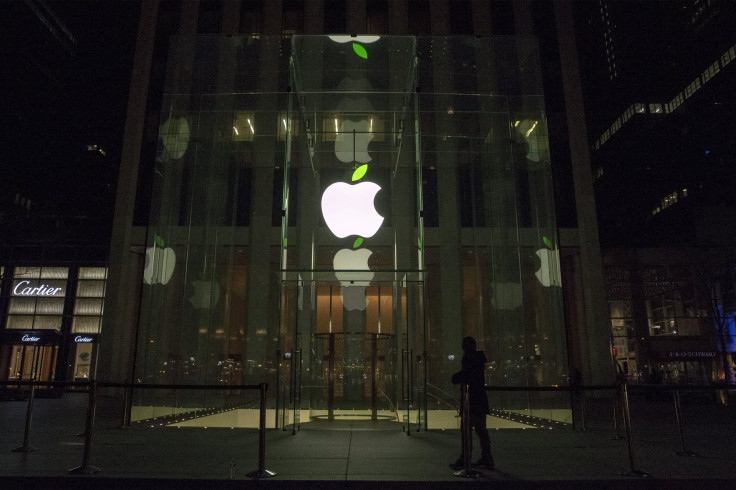6 Reasons Apple Inc. Should Never Build A TV

Rumors that Apple would jump into the TV market have been swirling for almost a decade, but plans for an Apple TV set were nixed more than a year ago, according to a report this week. While that may sadden a few Apple fanfolks, it's a great call for Apple, which can now move on to other things like cars and search engines, to name a few. Here are five reasons Apple should drop any TV plans and slowly step away:
No Killer Feature
TV is a crowded space, with no one owning more than 22 percent of the market, so for Apple to break in, the company would’ve likely needed a killer feature or some unique way to differentiate itself from the Samsungs, LGs and Sonys of the world. Apple played around with a few unique technologies, including a FaceTime camera capable of detecting and turning to whomever is speaking in a room, but ultimately, the company decided that none of the features it tried out were compelling enough to justify an entrance into the competitive TV market, according to the Wall Street Journal.
Apple’s brand is pretty powerful, but that wouldn’t be enough to carry the company to success in the TV market. Without a killer feature, Apple would’ve been just another fish in the sea of TV makers.
It's Not About The TV, Anyway
To understand Apple and Silicon Valley, you have to understand their favorite and most overused quote, from pro-hockey great Wayne Gretzky: “Skate to where the puck is going to be, not to where it has been.”
The TV set has traditionally been the center of home entertainment, but with the rise of smartphones, tablets and services like Netflix and Hulu Plus that can be watched on laptops, a TV set is no longer essential. Among millennials, for example, 60 percent already watch TV programming on their smartphones every month, according to comScore.
Apple wants to ride the wave of the next great consumer products, like wearables with the Apple Watch or perhaps virtual reality, not catch the tail end of television sales.
The Box Doesn't Matter, But The Service Inside Does
Apple is about to disrupt the TV universe with its own pay-TV service, which will probably be unveiled at WWDC next month. This service will do more to upend home entertainment than any dumb box could. Apple has been negotiating for rights with network TV providers for years, rights that will allow viewers to search for shows past and present; an attempt at reinventing pay-TV and add some real competition for Comcast, DirecTV, Verizon and others.
The TV itself is a commodity. The service inside won't be if Apple can get it right and get the most important content providers onboard.
Apple TV Is Key
Apple may have scrapped plans for a TV set, but the company has been selling Apple TV streaming devices since early 2007, before the iPhone even existed. Apple has sold millions of units of the little hockey puck-like device (they love that hockey saying, I’m telling you), which is used for accessing online content on the likes of Netflix, YouTube and HBO Now.
An over-the-top gizmo may not be as exciting as an Apple-branded TV set, but Apple is right in understanding that this is the future of TV. This is why Apple is expected to announce a new, redesigned and much improved Apple TV box next month at the company’s Worldwide Developers Conference.
TV Replacement Cycles Are Long
Be honest: Your 7-year-old HD TV set works just fine, right? One of Apple’s biggest struggles currently is that it can’t get people to buy new iPads. Tablet replacement cycles are longer than smartphones’, and that’s why Apple is seeing its sales of iPads fall every quarter. TV-set sales would be even worse.
According to NPD DisplaySearch, the TV replacement cycle is approximately eight years. That's a waste of time for Apple, which sees its best product -- the iPhone -- get replaced by users every two years, give or take. Selling an Apple TV set would give the company a boost for maybe one or two years, but after that, sales would likely fall off as they have with the iPad.
Small Margins
Apple’s known for pulling tremendous margins out of every product it sells. Last quarter, the company posted tremendous gross profit margins of 39.5 percent, and the new Apple Watch is expected to follow suit.
That’s not the case in the TV market. Televisions use expensive technology yet every year, manufacturers lower prices in an effort to spur sales. It’s a race to the bottom that cuts margins, and it’s not the type of race Apple likes running.
© Copyright IBTimes 2025. All rights reserved.





















